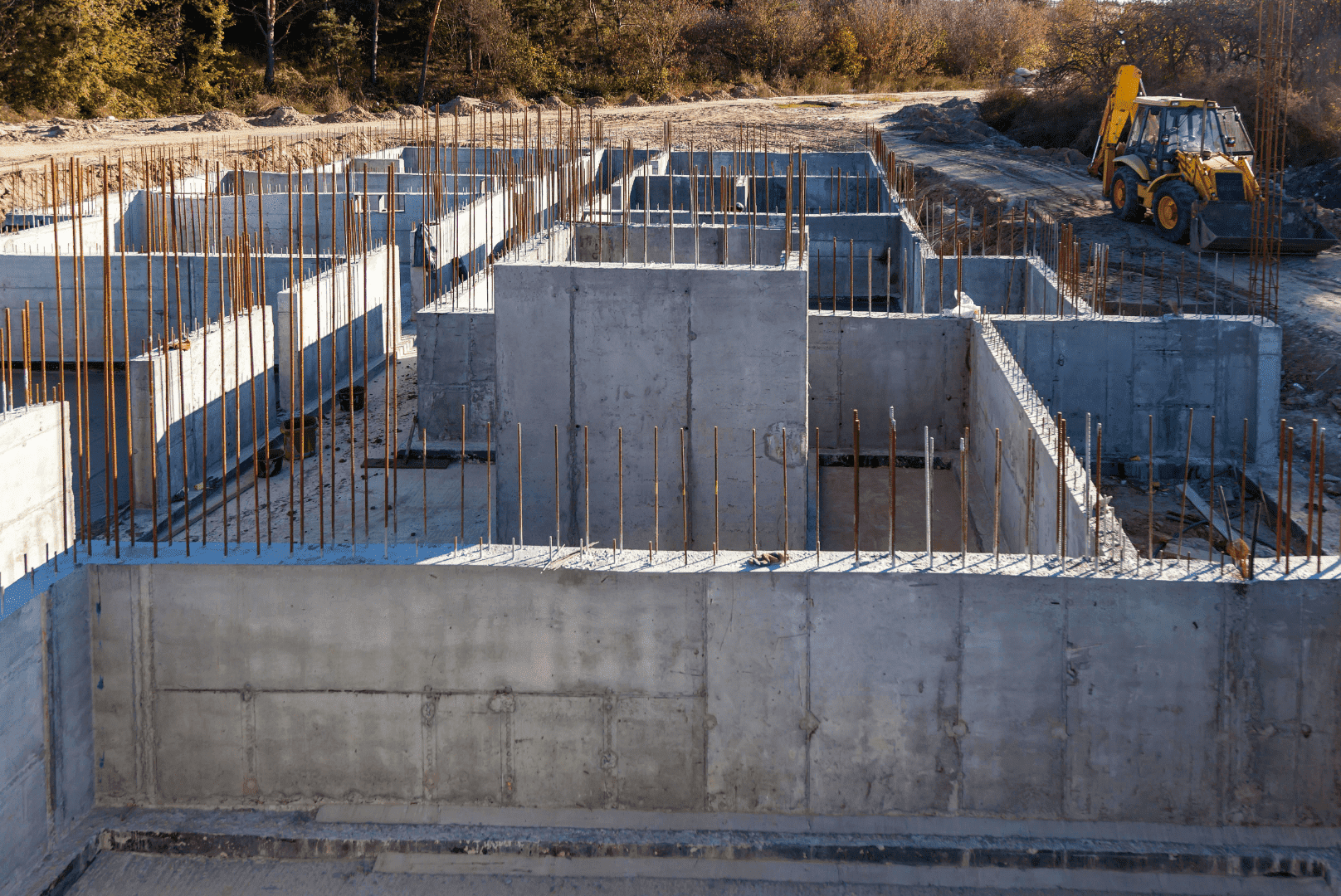
Just for a moment, think of a world without reinforced concrete. Buildings would crumble, bridges would collapse, and the infrastructure we rely on daily would be far less reliable. Reinforced concrete is a cornerstone of modern construction, providing unparalleled strength and durability. This composite material combines concrete’s compressive strength with steel’s tensile strength, creating a synergy that has revolutionised how we build. From towering skyscrapers to massive dams, reinforced concrete is integral to ensuring the safety and functionality of structures. Understanding its role in structural integrity is crucial, as it underpins the stability and resilience of our built environment.
Enhancing Structural Strength
Reinforced concrete excels in ensuring structural stability through its unique combination of properties:
- Tensile Strength: Concrete alone is weak in tension and prone to cracking. Embedding steel reinforcement (rebar) counters this weakness, allowing the structure to handle tension effectively.
- Load Distribution: The synergy between concrete and steel ensures that loads are distributed evenly, minimising the risk of localised failures.
- Ductility: The presence of reinforcement enhances concrete’s ductility, enabling it to withstand deformation without catastrophic failure.
These properties make reinforced concrete indispensable for critical structural components like beams, columns, and slabs, where strength and resilience are non-negotiable.
Controlling Cracking and Shrinkage
Cracks can compromise a structure’s safety and durability. Reinforced concrete addresses this issue in several ways:
- Thermal Expansion and Contraction: Steel reinforcement mitigates cracking caused by temperature fluctuations.
- Drying Shrinkage: As concrete cures, it naturally shrinks. Reinforcement minimises this effect, maintaining structural integrity.
- Load-Induced Cracks: Properly designed reinforcement helps distribute stresses, reducing the likelihood of cracks under applied loads.
Controlling cracking and shrinkage, reinforced concrete ensures that structures remain safe and serviceable over their lifetimes.
Improving Flexibility and Ductility
Flexibility and ductility are vital for structures exposed to dynamic forces such as wind or seismic activity. Reinforced concrete provides:
- Elastic Deformation: The combination of materials allows structures to deform without fracturing, accommodating movements and loads.
- Seismic Resistance: Reinforced concrete is especially crucial in earthquake-prone areas, where its ability to absorb and dissipate energy prevents catastrophic failure.
This adaptability makes reinforced concrete a preferred choice for bridges, high-rises, and other structures requiring resilience.
Supporting Heavy Loads
Reinforced concrete is engineered to handle immense loads, making it essential for:
- Commercial Buildings: It supports the weight of heavy machinery and equipment.
- Infrastructure: Bridges and overpasses rely on reinforced concrete for strength and durability.
- Industrial Facilities: It ensures stability under the weight of vehicles and materials.
Long-Term Performance and Durability
Reinforced concrete not only provides immediate structural benefits but also ensures long-term performance:
- Extended Lifespan: Steel reinforcement addresses concrete’s weaknesses, resulting in structures that last decades with minimal deterioration.
- Reduced Maintenance: Structures require less frequent repairs, saving time and resources.
- Consistency: Reinforced concrete maintains its performance over time, offering reliability and peace of mind.
These attributes make it a sustainable choice for critical infrastructure and large-scale projects.
Key Applications of Reinforced Concrete
Foundations
Foundations are the backbone of any structure. Reinforced concrete plays a pivotal role in their design:
- Spread Footings: Distribute loads across a broad area, ensuring stability on varied soils.
- Pile Caps: Transfer loads from piles to columns effectively.
- Grade Beams: Provide support for walls below ground level.
These applications highlight how reinforced concrete ensures stability right from the base of a structure.
Slabs
Concrete slabs are critical for load distribution and usability. Reinforced slabs offer:
- Two-Way Load Distribution: Reinforcement helps spread loads across multiple directions.
- Deflection Control: Prevents excessive sagging, maintaining functionality and aesthetics.
- Punching Shear Resistance: Reduces the risk of failure at column connections.
Reinforced slabs are a fundamental element in modern construction, providing safety and efficiency.
Beams and Columns
Beams and columns are primary load-bearing elements, and reinforcement enhances their functionality:
- Continuous Reinforcement: Provides strength along the length of beams.
- Column Ties: Prevent buckling of longitudinal bars, ensuring stability.
- Stirrup Confinement: Improves ductility and shear resistance in beams.
These features make reinforced concrete indispensable for building superstructures that are both strong and adaptable.
Building Codes and Standards
Modern building codes emphasise the importance of reinforced concrete in structural integrity. Key requirements include:
- Continuity: Ensuring seamless reinforcement through supports and joints.
- Redundancy: Providing alternative load paths to prevent collapse if one element fails.
- Ductility: Enhancing the ability of structures to deform under stress without failing.
Compliance with these standards guarantees that reinforced concrete structures are robust and safe.
Conclusion
Reinforced concrete is the backbone of modern construction, offering unmatched strength, durability, and versatility. It plays a critical role in ensuring structural integrity across various applications, from controlling cracking to supporting heavy loads.
Collaborating with reliable concrete suppliers and adhering to building codes further enhances the performance and longevity of reinforced concrete structures. Engineers can create resilient buildings and infrastructure that stand the test of time by leveraging its unique properties.






Leave a Reply